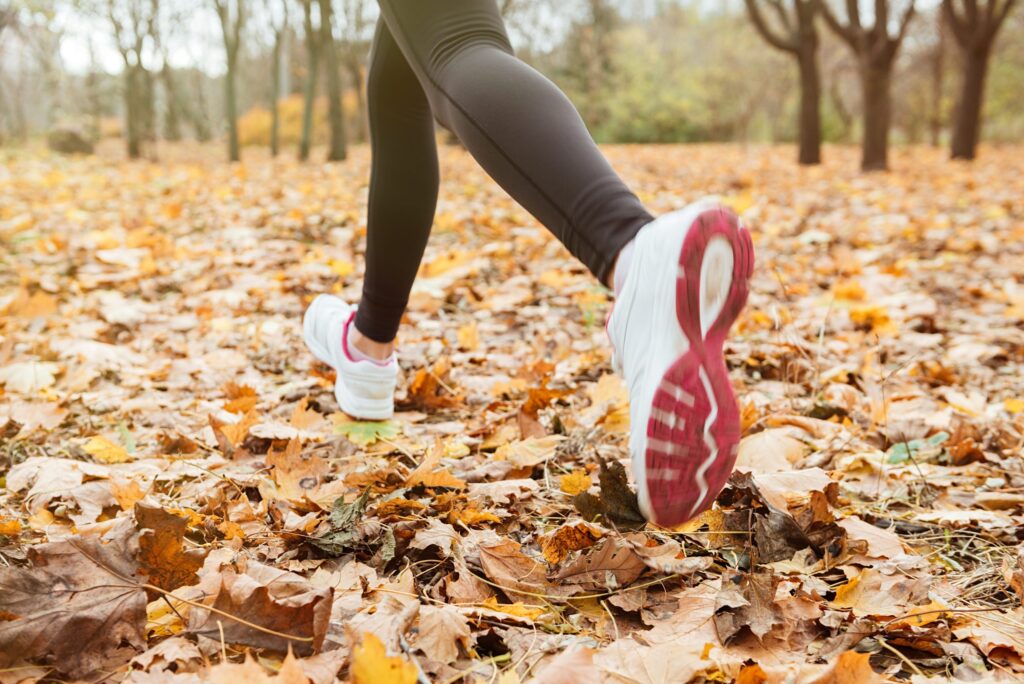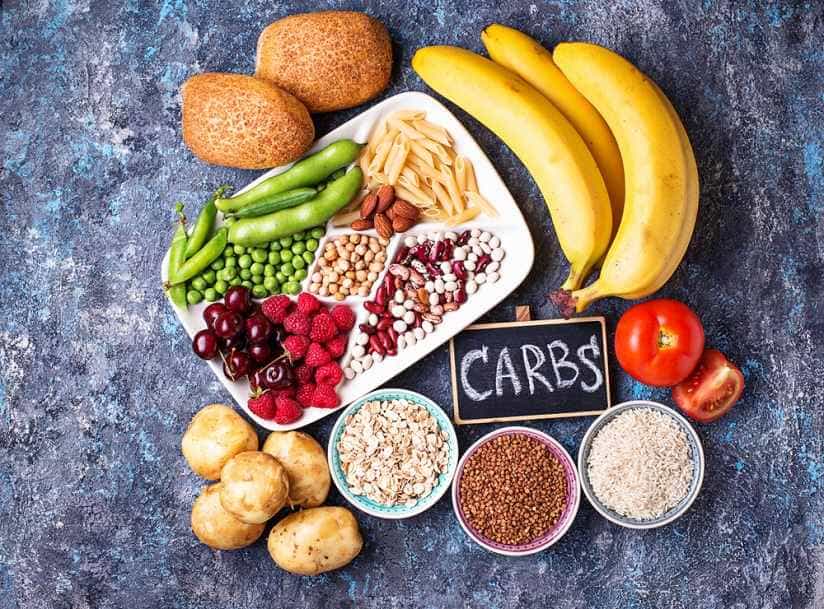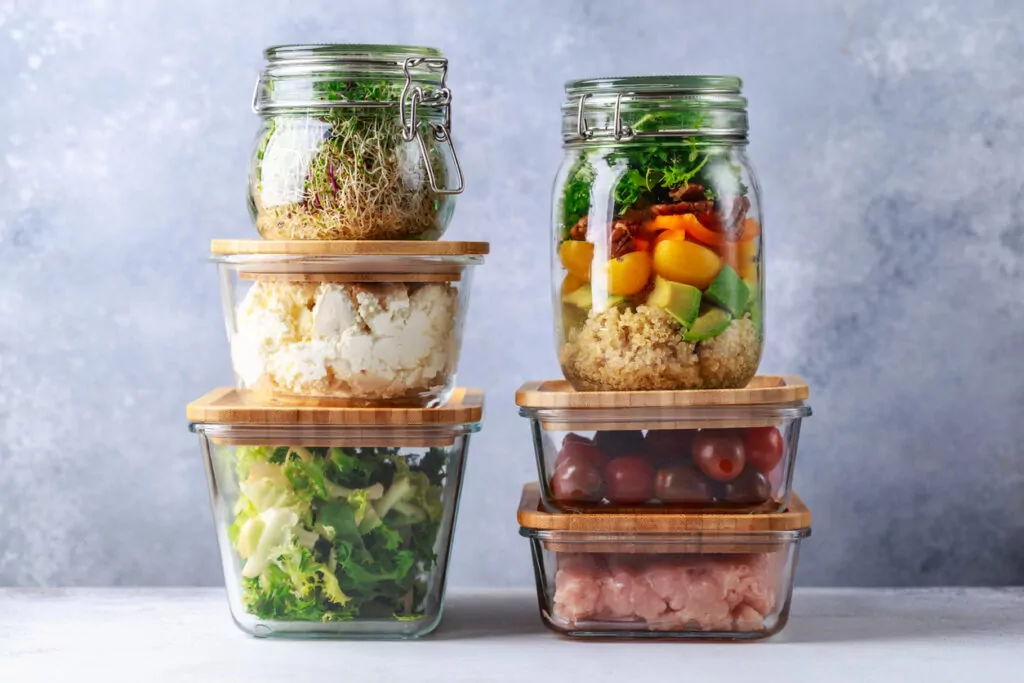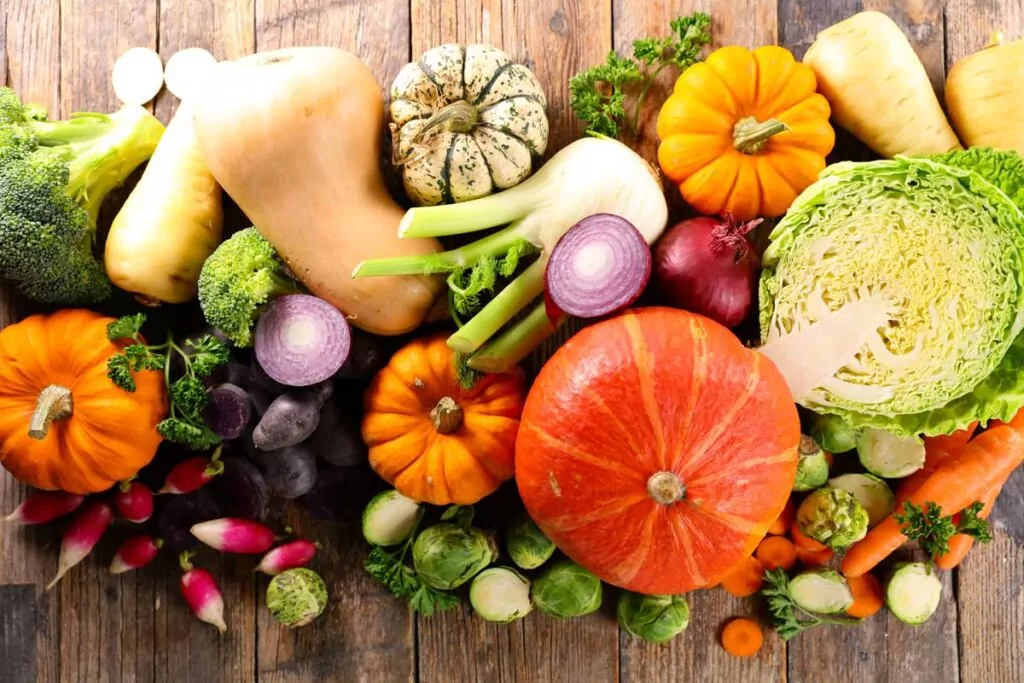NICK LEONARDO, RD | NUTRITION SPECIALIST
Hello and welcome to the Stepwise Enhanced Blog Post Series. In this series we will explore a number of nutrition topics with the simple goal of providing you with more information. This series is meant to be an educational supplement to your current Enara program as we will dive deeper into topics than a traditional appointment window may allow. The fourth installment features carbs and more specifically, their role in exercise.
Carbs: An Overview
Carbohydrates are sometimes controversial. They are often villainized and sometimes for good reason, but it really depends on the specific carbohydrate in question. “Cutting carbs” is a popular and sometimes effective strategy for managing weight. Trying to essentially eliminate them from your eating pattern has been popularized by the ketogenic diet as well. What about carbohydrates and exercise? What is their function and how do they fit into your physical activity routine? Let’s explore.
One of the main functions of carbohydrates in the human body is to provide energy. After consumption, carbs are broken down into glucose molecules and enter the bloodstream. Then, through a process known as cellular respiration, adenosine triphosphate (commonly referred to as ATP) is produced to power a number of metabolic tasks in the body as well as muscle contraction. It is commonly referred to as the “energy currency of the cell.” (2) While ATP can be produced from several sources, carbs are the body’s preferred fuel.
The fate of the glucose molecule in the body depends on your body’s current energy needs and storage levels of what is called glycogen. (2) Glycogen is essentially the storage form of glucose. Glucose molecules link up together to form glycogen and it is stored in the liver and muscle. The storage capacities of each, however, look quite different. Liver glycogen stores are smaller and range from ~75-100g of carbohydrates, or ~300-400 calories. Muscle glycogen, the biggest carbohydrate source in the body, has much larger storage capability, 300-400g, or 1200-1600 calories. (3) It should be noted that storage amounts vary from person to person and physical conditioning levels are also a factor. If both of these storage units are full, however, the excess blood glucose will be converted to fat in healthy functioning glucose metabolism. (2)
These two stores of glycogen provide the body with fuel in the form of glucose in the bloodstream at different times. At rest and during periods of fasting, the liver contributes to the release of glucose in the blood. This helps to maintain normal blood glucose levels. In periods of exercise however, muscle glycogen is used to fuel exercise along with the help of blood glucose. (4,5) When exercise levels reach 60-80% of VO₂max, glycogen is the predominant fuel source. (6) VO₂max, by the way, is a measure of oxygen utilization during exercise and helps gauge the intensity level of the exercise. (7) The rate at which glycogen stores are used in the body depends on the intensity of the exercise. The higher the intensity, the faster the supply will be used. (5) The more trained and conditioned the body is, the larger the supply of glycogen is available. (4)
So what does this mean for you?

Carbs and Exercise
Most of the research out there on carbs and exercise pertains to sports performance. More specifically, adequate carbs are very important for endurance sports. If exercising at a high intensity for 30 to 75 minutes for example, consuming a small amount of carbs is recommended during exercise. (3) The purpose of this is to supply the muscle with blood glucose to help prevent fatigue. Even if you are not exercising at these levels, however, carbs still have practical use for any form of exercise. Consider this: generally, 2 hours of moderate intensity exercise (e.g. 65% VO₂max) is sufficient to significantly lower muscle glycogen stores. (5) Furthermore, if you are practicing a low carb diet, you may not have much glycogen available to fuel your workouts. It may be helpful, for the purposes of fueling, to give your body some of its preferential fuel source, carbs. Carbs before a workout can help to improve your performance by topping off existing glycogen stores in the liver and muscles. Carbs during a prolonged workout (over 30 minutes) can help to maintain your blood glucose levels and can activate reward centers in your central nervous system, which can also boost performance.
All of this is not to say to eat a large bowl of pasta before you exercise or to choose carbs outside of your eating plan to supercharge a workout. That is not the intent. The point is that carbohydrates are your body’s preferred source of energy for movement and reasonably consuming some in the four hours prior to exercise will likely have beneficial effects on your workout.
Now, let’s delve into two somewhat controversial topics under the umbrella of carbs and exercise.
What Type of Carbs Should I Eat Before Exercise?
This is a very valid question but unfortunately the scientific literature doesn’t have a precise answer. (3) Essentially the two options boil down to low glycemic index foods (Low GI) vs high glycemic index foods (High GI). Low GI foods, like vegetables and whole grains, are digested more gradually and have a slower, more sustained effect on blood glucose levels. Conversely, High GI foods, like white rice and white pasta, are rapidly digested and spike blood glucose more dramatically. Cases are often made for the potential advantages of both but research on their respective effects on performance is not conclusive. (5) Ultimately, the type of carbohydrate you choose before or after exercise should be individualized. It should fit in with your nutrition goals and dietary pattern. (3) It should be health promoting for you. Also, it should be what makes you feel best and most ready for exercise.
Training Low
Training low is somewhat of a buzzy practice in endurance training. Essentially, it involves conducting workouts with low glycogen availability. To achieve this, for example, a runner might train in the evening and not replenish their glycogen stores prior to bed. They would then wake up and “train low.” It has been shown to increase physiological adaptations in specific training sessions but its effect on performance is less clear. Over time, the practice can decrease ability to maintain workouts at the desired level which lowers the overall training stimulus. It can also compromise immune function and may lead to loss of skeletal muscle mass as those glycogen stores are not full for the training session. The optimal way to fold this into training is not definitive at this point. It may have its benefits when used at the right time during the course of a training program however there are risks involved and it hasn’t been definitely proven to boost performance. (3)
So What?
Hopefully this post was insightful. We discussed the breakdown of carbs after ingestion, their function in the body, and their role in exercise as the body’s preferred fuel source. It’s important to remember though that the goal here, as always, is to provide you with knowledge. This is not meant to be an editorial encouraging you to consume carbs outside of you and your health coach’s established plan. In reality, some may prefer to do their light exercise routine lasting less than 30 minutes on an empty stomach. This may be an approach that works for some however it may be challenging to improve your performance with this practice.
An important concept that encompasses carbs and exercise is that of nutrient timing. Per the International Society of Sports Nutrition, nutrient timing, in its simplest form “is a feeding strategy that in nearly all situations may be helpful towards the promotion of recovery and adaptations towards training.” (5) Carbs in the four hours before exercise, whether in meal or snack form, do just that.
In conclusion, considering a carbohydrate that’s right for you before exercise should be individualized. It should be in alignment with your dietary pattern, be health promoting, and most importantly, it should make you feel ready for exercise.
References
- Dunn J, Grider M. Physiology, Adenosine Triphosphate Treasure Island, FL: StatPearls Publishing; 2021. https://www.ncbi.nlm.nih.gov/books/NBK553175/
- Pearson, P. What Are the Key Functions of Carbohydrates; Healthline; https://www.healthline.com/nutrition/carbohydrate-functions#TOC_TITLE_HDR_2; Published November 9, 2017; Accessed November 15, 2021.
- Karpinski C, Rosenbloom CA. Sports Nutrition: A Handbook for Professionals. 6th ed. Academy of Nutrition and Dietetics; 2017.
- Jensen J, Rustad PI, Kolbes AJ, et al. The role of skeletal muscle glycogen breakdown for regulation of insulin sensitivity by exercise. Front Physiol. 2011; 2: 112. Published December 30, 2011; Accessed November 15, 2021. https://www.ncbi.nlm.nih.gov/pmc/articles/PMC3248697/
- Murray B, Rosenbloom C. Fundamentals of glycogen metabolism. Nutrition Reviews; 76 (4): 243-259; https://academic.oup.com/nutritionreviews/article/76/4/243/4851715; Published February 10 2018; Accessed November 16, 2021.
- Kerksick CM, Arent S, Schoenfeld BJ, et al. International society of sports nutrition position stand: nutrient timing. JISSN; 14(33); https://jissn.biomedcentral.com/articles/10.1186/s12970-017-0189-4; Published August 29, 2017; Accessed November 16, 2021
- Jewell, T, Everything to Know About V02Max; Healthline; https://www.healthline.com/health/vo2-max; Published April 22, 2020; Accessed November 18, 2021.






